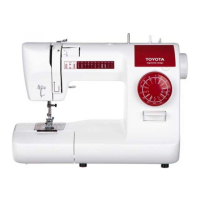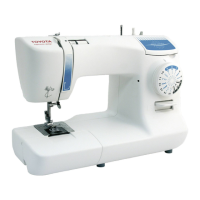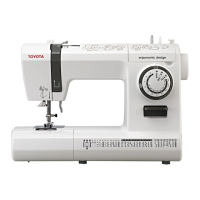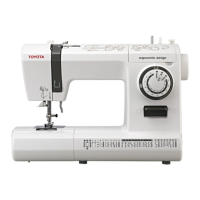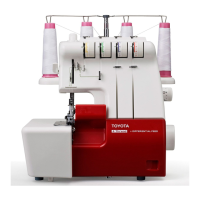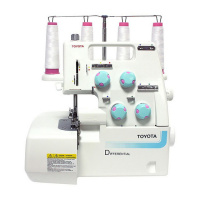29
3
Sewing preparations
EN
Relationship between the needle,
thread and fabric, and adjusting the
thread tension
The quality of the sewing finish will improve if the needle and thread are changed to
match the type of fabric. Refer to the table below.
Thin fabrics Normal fabrics Thick fabrics
Relationship between the needle,
thread and fabric
Needle
No. 11/75 No. 14/90 No. 16/100
Thread
Polyester No. 90
Cotton No. 80 to No. 120
Silk No. 80
Polyester No. 50 to
No. 60
Cotton No. 60 to No. 80
Silk No. 50 to No. 80
Polyester No. 30 to
No. 50
Cotton No. 40 to No. 50
Silk No. 50
Fabric
Normal back cloth
Quipler
Georgette
Lawn
Lace, etc.
Normal front cloth
Broad
Soft denim
Satin
Pile
Gingham, etc.
Curtains
Denim
Quilting
Fleece
Tweed
Felt, etc.
Reference thread tension
Upper
thread
tension
dial
z
For XXX15C/17CXX
-
2
-
1
-
3
-
1 ~
-
3
z
For XXX15D/17DXX/
SuperJ15/SPJ17XL
-
1
-
2
-
3
-
1 ~
-
3
+1
+2
-
1
+
1
-
1
+2
+3
+4
+1
+1 ~ +3
+
3
+
2
+
1
-
1 ~ +3
• Use a ballpoint needle for the sewing alignment of stretch fabric.
• If you purchase any needles that are not included as accessories, please make sure
they are specified as home-use sewing machine needles.
• Use the same kind of threads for upper/lower thread.
• The bigger the needle number is, the thicker the needle. The bigger the thread
number is, the thinner the thread.
• Normally, sew with the upper thread tension dial set to “
” (for XXX15C/17CXX) /
“
” (for XXX15D/17DXX/SuperJ15/SPJ17XL).
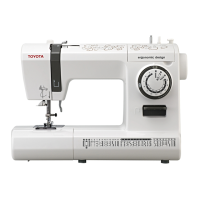
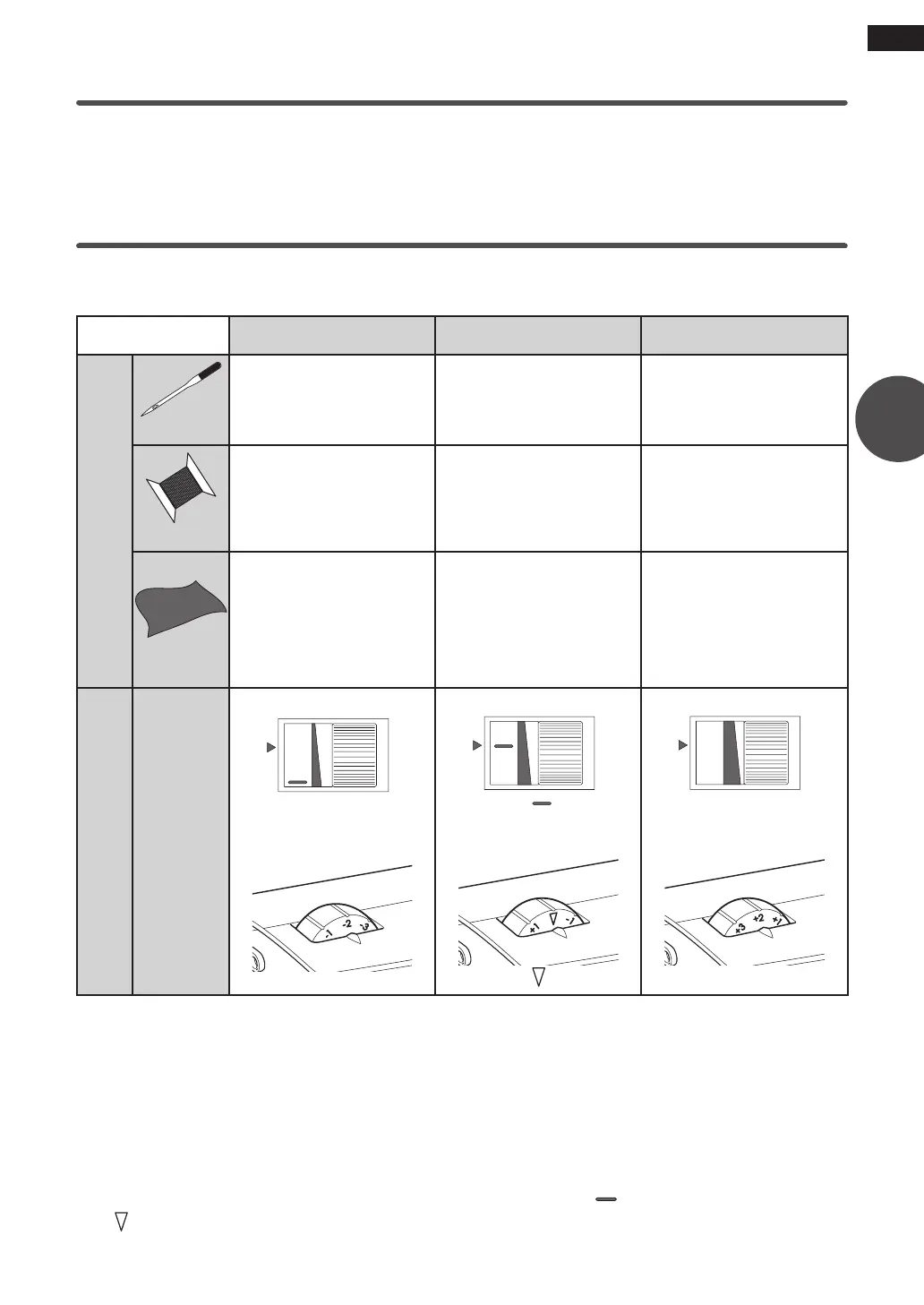